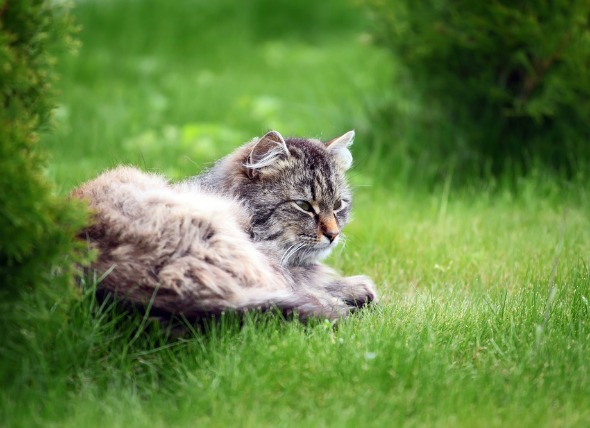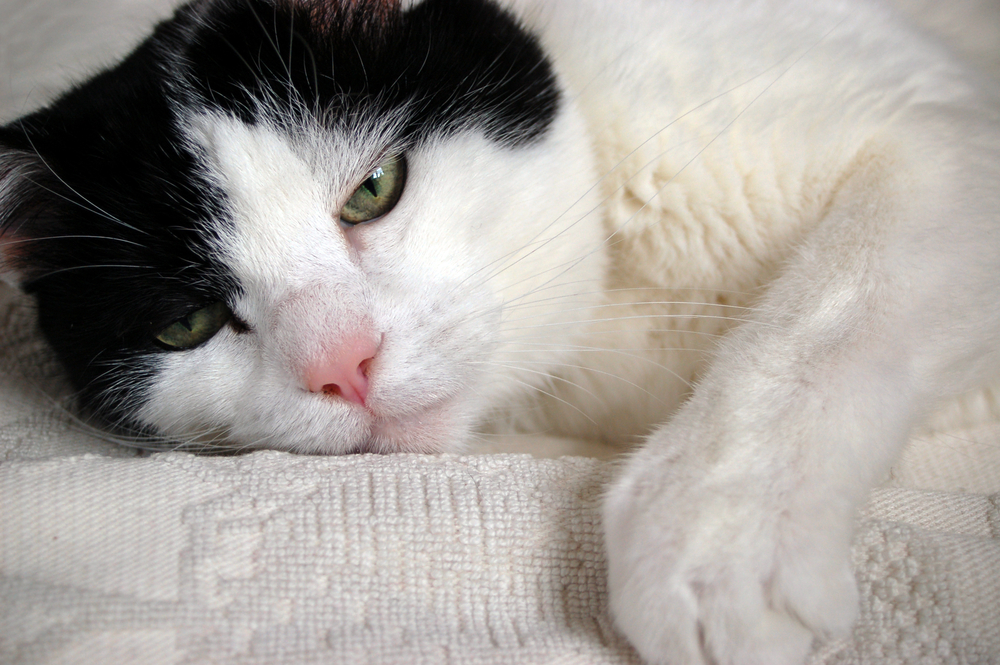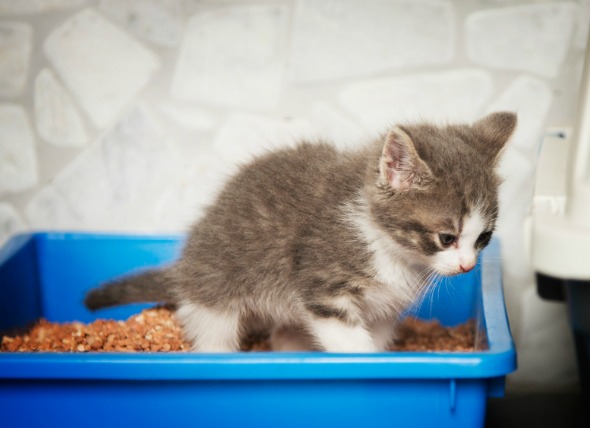When adopting a cat, knowing who this permanent new cohabitant will be seems like an important detail. However, cat personalities are as diverse and complex as human ones. Taking your time to either get to know your new fur ball or roll with the punches and loving them for who they are seem to be the only options available.
Some people will adopt purebred cats to have at least some control over the traits their future addition will have, but even this is no guarantee. There are more differences between the individuals of a certain breed than there are differences between the general profiles of different breeds, as genetics are just one part of the puzzle. Socialisation and personal experiences make up a big part as well. Furthermore, there is no scientific basis for the traits often used in books on breeds amongst others as they are based on subjective experiences which often leads to anthropomorphising certain traits such as ‘jealousy’.
Traits to evaluate

That being said, there are certain behavioral traits[1] that get used to evaluate each cat breed - and there is no reason why you shouldn’t use them to figure out what kind of kitty would suit you:
- Demanding attention is typically seen in Eastern breeds such as Siamese, Abyssinians and Eastern Shorthairs. These animals tend to be focused on their owner and want to be involved in what is going on. They’ll often be vocal as well, and quite the cuddly lap cats. If this is a desirable trait for you, look for the kitten or cat that instantly greets you and comes up to you without any fear as you approach their cage. Pet them, see how focused they stay on you and how insistent they are.
- High energy cats are animals that are active and require a lot of exercise. Many of them are also demanding in attention. They tend to require a lot of stimulation so they need an owner who enjoys a very close bond and interactive partnership with their animal throughout the day. Being able to go outside can take care of some of those needs as the outside world will provide plenty of adventure as well. Look for the kitten or cat that will come and check you out, but is just as fast to notice a toy moving in the other corner, and likes to climb and race around.
- High tolerance of being handled is something that can be incredibly handy at the vet’s as well as in dealing with children. Your garden variety stray cat is actually a good bet on this - also known as the European Shorthair. Proper socialisation however takes definite priority here, paired with positive reinforcement from the owner. If you can, check to see how friendly the father (yes, the father!) is towards humans when adopting a kitten, as this too can be a significant genetic factor. Look for the kitten or cat that will easily let you lift them up, pet them, and let you position them in a certain direction as well as look in their ears.
- In terms of needing affection, there are few cats that will never want affection though Persians are rumoured to need the least amount. Exceptions are kittens which weren’t socialised properly with humans before the age of 3 and a half months - they tend to avoid humans and can even be acutely phobic. If affection is important to you, take your time petting the kitten or cat you’re looking to adopt once they come up to you and see how long they stay interested and how often they come back.
- Destructiveness results usually from being active, inquisitive and bored. As such, Persians are rumoured to be the least destructive while Siamese and Eastern Shorthairs are supposedly the most destructive of breeds. This is a trait that can be channeled properly given the right toys, stimulation, environmental enrichment and scratching posts. When the owner enjoys an intellectual challenge in their animal, this trait can be very desirable. If unchecked however, it will definitely lead to property destruction. Check their background for destructive behaviour and check for high energy and attention demanding traits - so you can provide them with the intellectual challenge they need.
- In terms of being social with other cats, European Shorthairs take the cake. Meanwhile, Siamese and Burmese aren’t that amicable with other cats. Getting background information on how a cat has gotten along with other cats is handy if you’re building a multi-cat household. Ask for how they were socialised, if they used to live with other animals, whether or not they were raised alone or with siblings and observe them before you adopt them to see how they take to other cats in their current environment. While it is still possible to introduce cats to each other that aren’t socially inclined, they’ll likely fight more easily about resources and become at best polite cohabitants instead of best buds.
The three main personalities

With the limited research[2] done into cat personalities, they found 3 different personality profiles, based on 3 different markers - alert, social and phlegmatic behaviour.
- The bossy cat is highly curious, alert and active. They also tend to be very social in their behaviour towards people and rarely afraid of them. However, they do seem to react rather strongly to changes or situations, causing them to be easily upset and needing time to regain their calm and balance.
- The timid cat on the other hand is likely to be more passive and not nearly as inquisitive or alert to what is going on. They also tend to be more shy and reserved with people and are more prone to being fearful of humans or cautious around them. They too stress easily when their routine is disturbed and will need some time to bounce back.
- The chill cat is the last category and combines the other two. Curious, active and alert as well as social towards humans yet laid-back and calm in the face of changes or stressors. If stressed, they tend to be back on their paws a tad quicker than the other two.
Knowing which category your kitty falls into can help you determine how to handle them and what they need - be it quiet time and space or interaction and stimuli. Ask yourself which kind of cat will suit your lifestyle best. For that matter, are their personality and their quirks are a big deal to you? If it is, you might want to reconsider getting a kitten as their true personality can be hidden for pretty much the first year of their lives. Most kittens are active, playful and inquisitive for the better part of their first year as this is a vital part of learning about the world around you. As the owner, you won't know if they’ll stay that active and playful or if they’ll become a laid-back, relaxed cat that likes its cuddles, for a while.
Lastly, do not apologise for doing your research, visiting your potential candidates several times and spending time with them, so you can make an informed decision.

 That being said, there are certain behavioral traits[1] that get used to evaluate each cat breed - and there is no reason why you shouldn’t use them to figure out what kind of kitty would suit you:
That being said, there are certain behavioral traits[1] that get used to evaluate each cat breed - and there is no reason why you shouldn’t use them to figure out what kind of kitty would suit you:
 With the limited research[2] done into cat personalities, they found 3 different personality profiles, based on 3 different markers - alert, social and phlegmatic behaviour.
With the limited research[2] done into cat personalities, they found 3 different personality profiles, based on 3 different markers - alert, social and phlegmatic behaviour.
 Can Cats Heal An Injury or Cure Illness?
A Cat Gives More Than it Receives &
Can Cats Heal An Injury or Cure Illness?
A Cat Gives More Than it Receives &
 How To Get Your Cat To The Veterinarian At Least Somewhat Willingly
At some point, every cat nee
How To Get Your Cat To The Veterinarian At Least Somewhat Willingly
At some point, every cat nee
 Fainting in Cats
Syncope in Cats
Syncope is a medical condition th
Fainting in Cats
Syncope in Cats
Syncope is a medical condition th
 Cataracts in Cats
Cloudiness of the Eye Lens in Cats
Cataract refer
Cataracts in Cats
Cloudiness of the Eye Lens in Cats
Cataract refer
 Parasitic Diarrhea (Giardiasis) in Cats
Giardiasis in Cats
Giardiasis is a medical condit
Parasitic Diarrhea (Giardiasis) in Cats
Giardiasis in Cats
Giardiasis is a medical condit